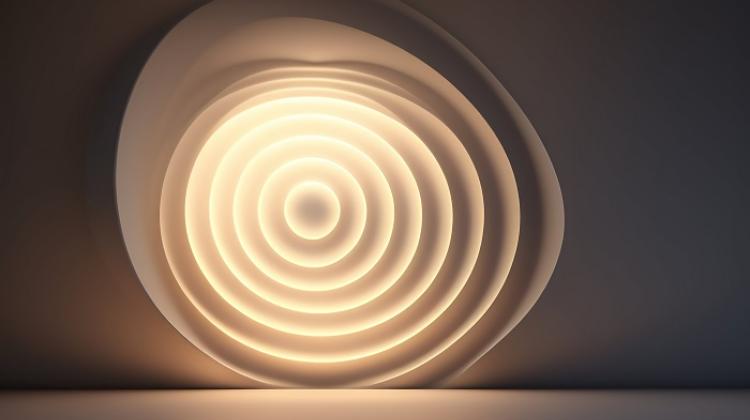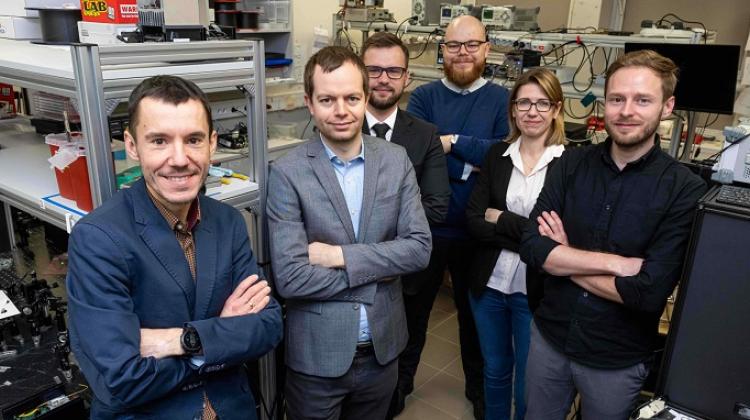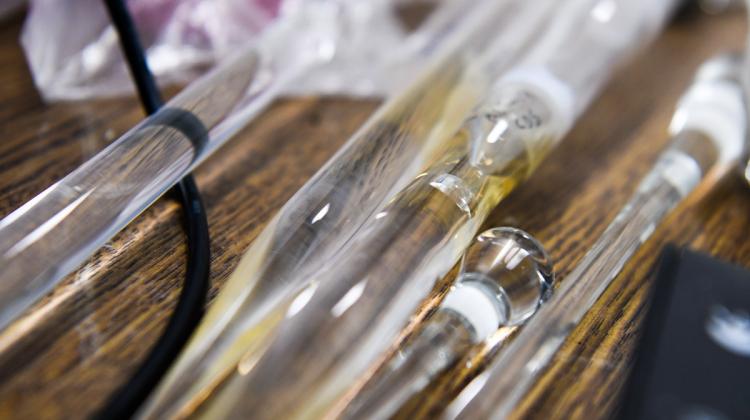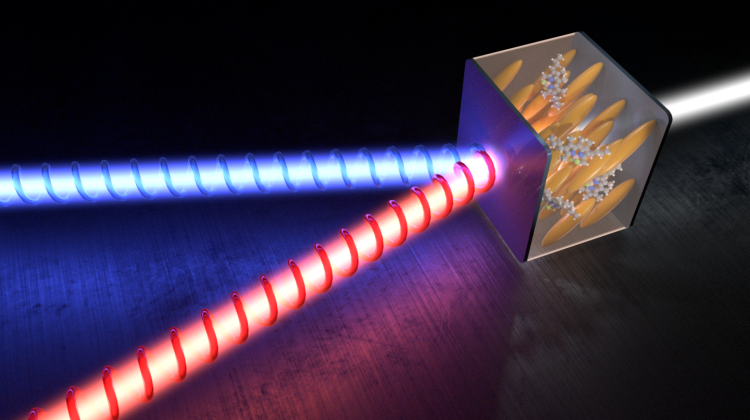Two organic dyes are enough to generate white laser light
 Artist's impression of a light source, Adobe Stock
Artist's impression of a light source, Adobe Stock
Scientists from the Wrocław University of Science and Technology have developed a technology for generating white laser light based on just two organic dyes. The material is useful in environmentally friendly, biomedical and diagnostic applications, for example in optoelectronics.
The research results have been published in Advanced Optical Materials, one of the top journals dedicated to materials engineering and optics. The scientists from the Faculty of Chemistry of Wrocław University of Science and Technology participated in the research project: Dr. Alina Szukalska, Dr. Adam Szukalski, Professor Jaroslaw Myśliwiec and Marek Adaszyński.
The generation of white laser light is a relatively new, but thriving topic that is now being tackled by researchers around the world. Obtaining white laser light is a complicated undertaking that requires the use of several synchronised sources or multiple dyes - at least three of them - corresponding to the primary colours red, green, and blue (RGB).
'We decided to use unconventional solutions. Instead of using three dyes, which is a classic approach, we decided to use only two. It made sense because one of them provided the necessary blue component of the emission and the other (...) also showed a tendency to aggregate,’ says Dr. Alina Szukalska. ’Importantly, it’s the aggregation that still ensures the ability to (...)amplify electromagnetic radiation in two different emission bands,’ she adds.
The result was the emission of the colour green in the dissolved phase and orange in the crystalline phase. The implementation of this solution, however, was complex and required precision and an in-depth understanding of the system being developed. The researchers had to control many factors, such as the concentration of the laser dyes, the compatibility of all the materials, including the formation of a new phase of one of them, the properties of the organic matrices.
'The discovery consisting in achieving white laser light with just two dyes is groundbreaking. To our knowledge, such research results have appeared in the literature for the first time, which has also been recognised by independent experts in the field and published in a prestigious scientific journal,’ says Dr. Szukalska.
The phenomenon of dye aggregation has opened up completely new possibilities for scientists. 'This material, in addition to being useful in a variety of environmentally friendly biomedical and diagnostic applications for optoelectronics, is an interesting topic for further research,’ Dr. Szukalska says.
PAP - Science in Poland
ekr/ zan/ kap/
tr. RL
Przed dodaniem komentarza prosimy o zapoznanie z Regulaminem forum serwisu Nauka w Polsce.


















